According to a 2021 study by IBM, 72% of top-performing brands today are consumer-centric. What this means is that for these brands, the consumer is the voice, the muse, and the objective. Ultimately, a consumer-centric brand values their audience’s desires above all else, taking into account customer experience, satisfaction level, and needs and opinions.
This ideology is becoming increasingly common: brands are realizing that product-centricity works less well than in the past, because consumers are now more vocal about what they seek from a brand. On social media particularly, consumers aren’t timid about stating their opinions on products and brands, and they expect changes to be made accordingly.
Because of this evolution in brand-to-consumer relationships, the trick is capturing consumer feedback into actionable insights, and the key word here is actionable. According to the same IBM study, “Underperformers” tend to lean on consumer insights, meaning that they merely collect raw data on behavior and preferences. “Outperformers”, on the other hand, report going one step further: using quantitative consumer insights to make data-driven decisions to improve consumer experience. There exist several strategies under this umbrella, so let’s see how fashion brands can tailor particular solutions to their goal of consumer centricity.

Building a community between consumers and fashion brands
If we begin with the most direct facet of consumer-centricity, the word for it is Community (with a capital C). In fashion, when a consumer makes a purchase from a brand, it’s rarely a decision motivated by pure necessity. Purchase decisions are often about loyalty, values, and image. It’s no longer about plugging the biggest celebrity or the hottest trend, it’s also about creating an authentic connection with one’s customers. Brands who understand this create communities out of their customer base, where everyone in the “club” shares similar values and aesthetic tendencies.
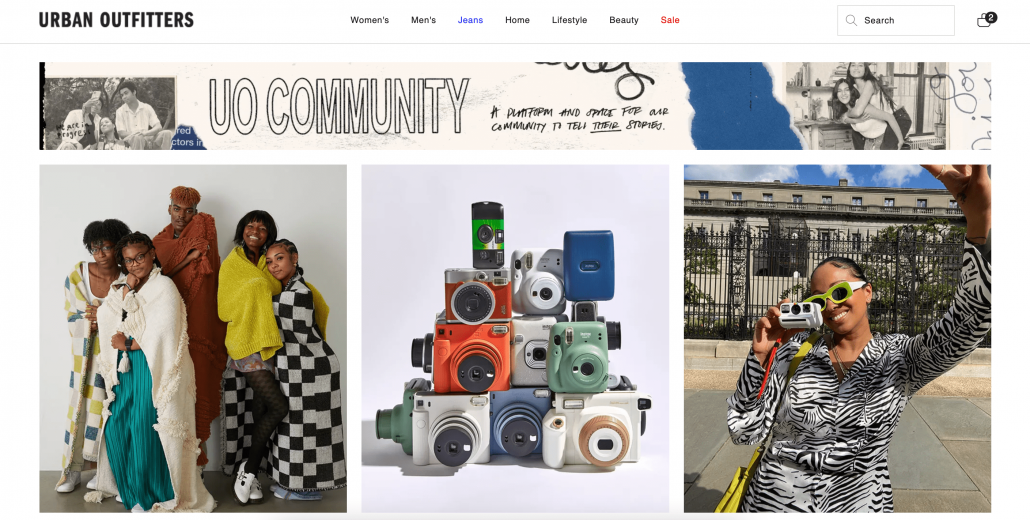
This is often achieved through:
- Hosting events, virtual or physical, where consumers can come together
- Creating enjoyable content, such as playlists, articles, games, and more
- Seeking out ‘regular’ consumers as ambassadors or influencers for optimal relatability
- Creating viral trends or challenges in order to engage larger audiences
Michael Jais, Launchmetrics CEO, confirms the importance of brand community:
“What will remain critical is creating a closer connection with the consumer. Moving forward, brands will need to find relatable ways to fit into the lives of their consumer.”
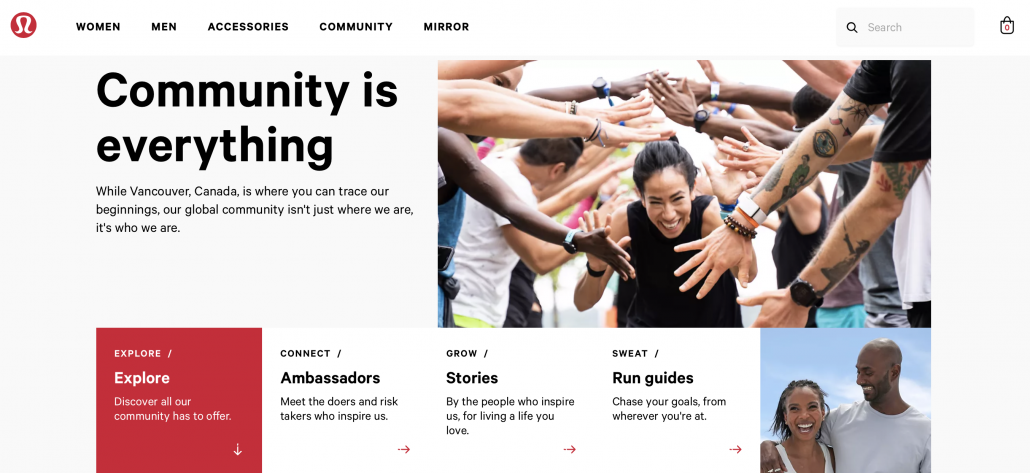
A good example of this is activewear brand Lululemon, who has successfully built a community around their brand that goes beyond their products. Lululemon offers their customers access to yoga classes, retreats, and festivals, and their ambassador program is composed of regular consumers who evangelize not only wellness, but the brand itself. Other brands who follow this model include Nike, Sears, Supreme, and many more — there is no one brand typology that doesn’t benefit from cultivating close relationships with their customers.
Measuring and acting upon consumer behavior as a pillar of your brand strategy
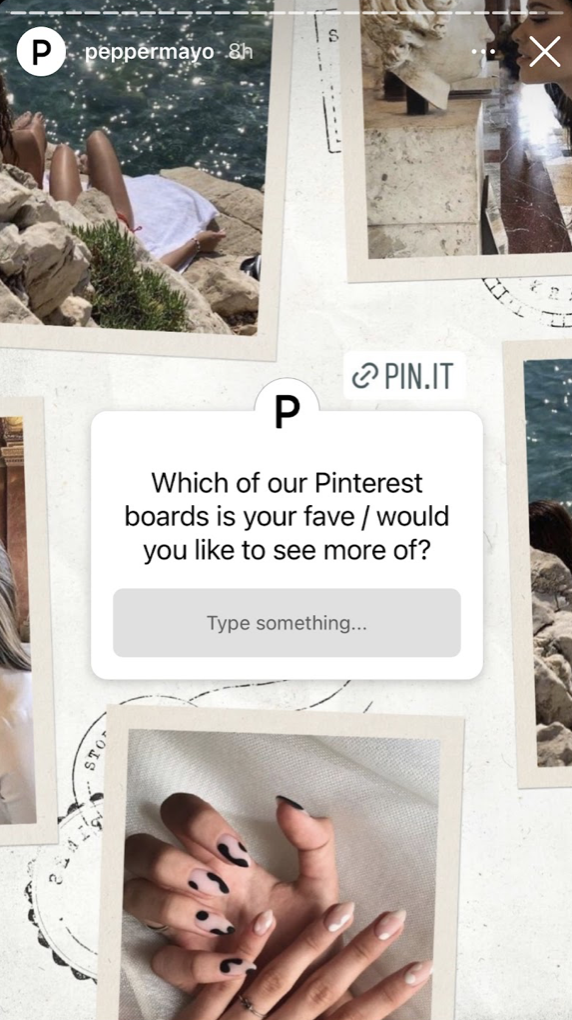
Brands who are community-focused often monitor their customers’ behavior in order to best build a closer relationship. Other times, brands track their customers’ behavior to achieve a different result, like improving their e-commerce site or adjusting their product assortment to better cater to their audience’s desires.
Tracking online behavior is one aspect of this: it is the act of monitoring consumer behavior on e-commerce websites and/or social media with the aim of rendering the collected information into actionable insights. Indeed, former Anthropologie executive David McCreight asserts that this is “a way for [the consumer] to speak to us or to eavesdrop and observe conversations about brands. The little insights give us the most profound advice.”
The different observations to make on your customers include:
- Where your customer hovers and/or clicks on your e-commerce website
- What your customer likes, shares, and comments involving your brand on social media
- Past purchases your customer has made from your brand
- Ask your customers questions on social media
- Interact with your customers on social media by monitoring your brand mentions
The main takeaway is simply this: observe your customer. If brands keep their ears open and take the time to apply their customers’ feedback, they can drastically improve their communication strategy, collections, and more.

Keep the consumer at the center with social media-based market analysis
We’ve looked at ways to better understand and to interact directly with the consumer, from creating a community to collecting customer opinions. While we didn’t cover all of the bases — there are a great many — what’s important to retain is that without consumer feedback, brands risk missing out on a number of opportunities to satisfy their customers. Another solution to ensure consumer-centricity, therefore, is social media-based market analysis. Here’s why.

As we’ve seen, social media has shifted the power of influence from brands and elites to millions of consumers. Trend movements and subcultures are now created and cultivated by both the brands and the consumers, often through the power of images on social channels. Indeed, comments, hashtags, and replies aren’t always sufficient to understand the consumer — images play a major role in reflecting consumer sentiment.
According to Facebook data, of the 3 million images featuring a brand that are shared daily on social media, 80% have no textual mention of said brand.
In the image to the right, for instance, there is no mention of the brands in either the text or the tags. This is an example of why images themselves are often more powerful than words. Through images, brands can better discern what their customers are doing and wearing, from particular colors, to fabrics, to silhouettes, to products themselves. These insights are thus purely objective, with no sway on consumers by brands. This way, brands don’t need to ask their consumers directly what their favorite trends are, which is especially useful given the fact that consumers don’t always know how to describe what they like when it comes to niche or emerging trends.
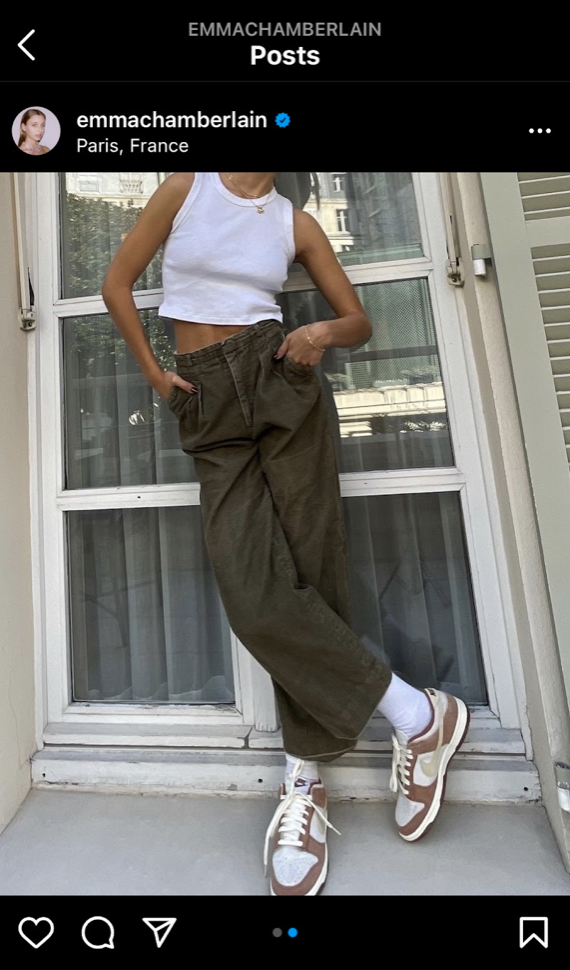
This is where image recognition technology comes in, a way to detect trends and their behavior on social media — in other words, social media-based market analysis. Consumer data drawn from image recognition on social media gives brands a direct view into their audience:
- Understanding various consumer segments within one’s consumer base
- Backing consumer feedback with numbers
- Adjusting collection assortment based on what trends & products consumers like and don’t like
- Capturing more authentic communication with one’s audience
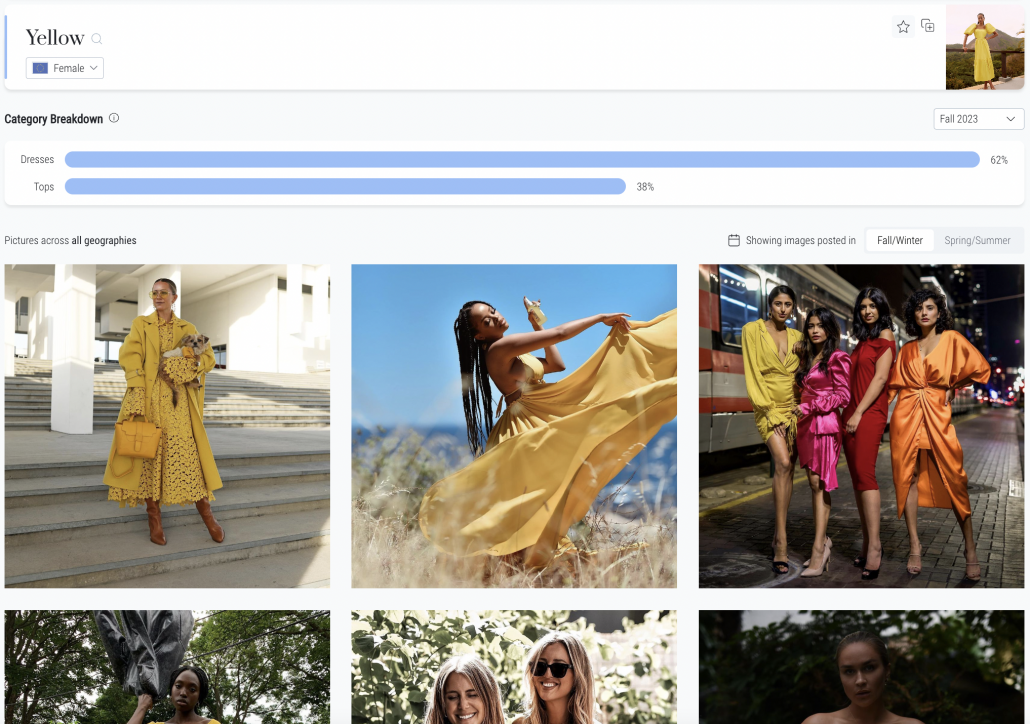
Consumer insights make all the difference for a brand’s operation
According to a study by IBM in which over 1500 CEOs were surveyed from around the world, approximately 50% of these respondents cite “a lack of consumer insight as their biggest deficiency.”
With this type of market analysis, therefore, fashion executives can attain a clearer picture of their consumer base and make decisions with a consumer-centric mindset. But this is not only for executives and other leaders — it’s also important for various teams within a fashion brand to prioritize the consumer. This way, every step of the collection creation process involves the consumer:
- Design teams: Adjust their trend and product designs to what the consumer desires, focusing on respective consumer segments
- Merchandising and buying teams: Adjust collection assortments and launch times to trend behaviors pushed by consumers
- Communication and marketing teams: Communicate in the right way and at the right time according to what the consumer is most responsive to
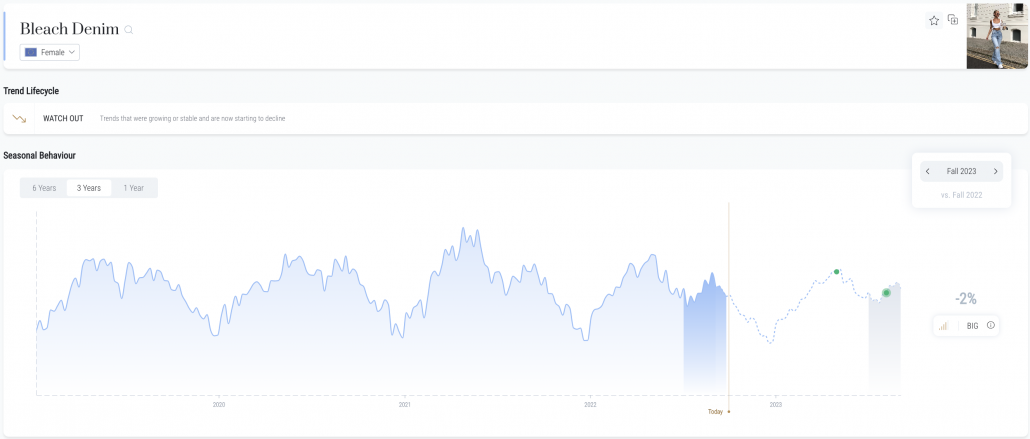
And if we take a step back from the specific ways in which each team can operate more consumer-centrically, social media-based market analysis is also related to a greater movement of data analytics. Increasingly, data is essential to fashion brands’ success, particularly when it comes to consumer insights. No matter the development stage of a brand, their consumer segmentation and size, or their market geography, much of a brand’s success depends on how they capture data to cater to the consumer.
It’s no secret that brands who embrace digital transformation are ahead of the competition, especially those who understand how to use social media to their advantage.
Ultimately, consumer data drawn from social media comes in many forms: from building a community, to social listening, to market analysis, what matters is bringing each team on board and democratizing data throughout a brand in order to maintain one goal and one vision.




